Upcoming Events
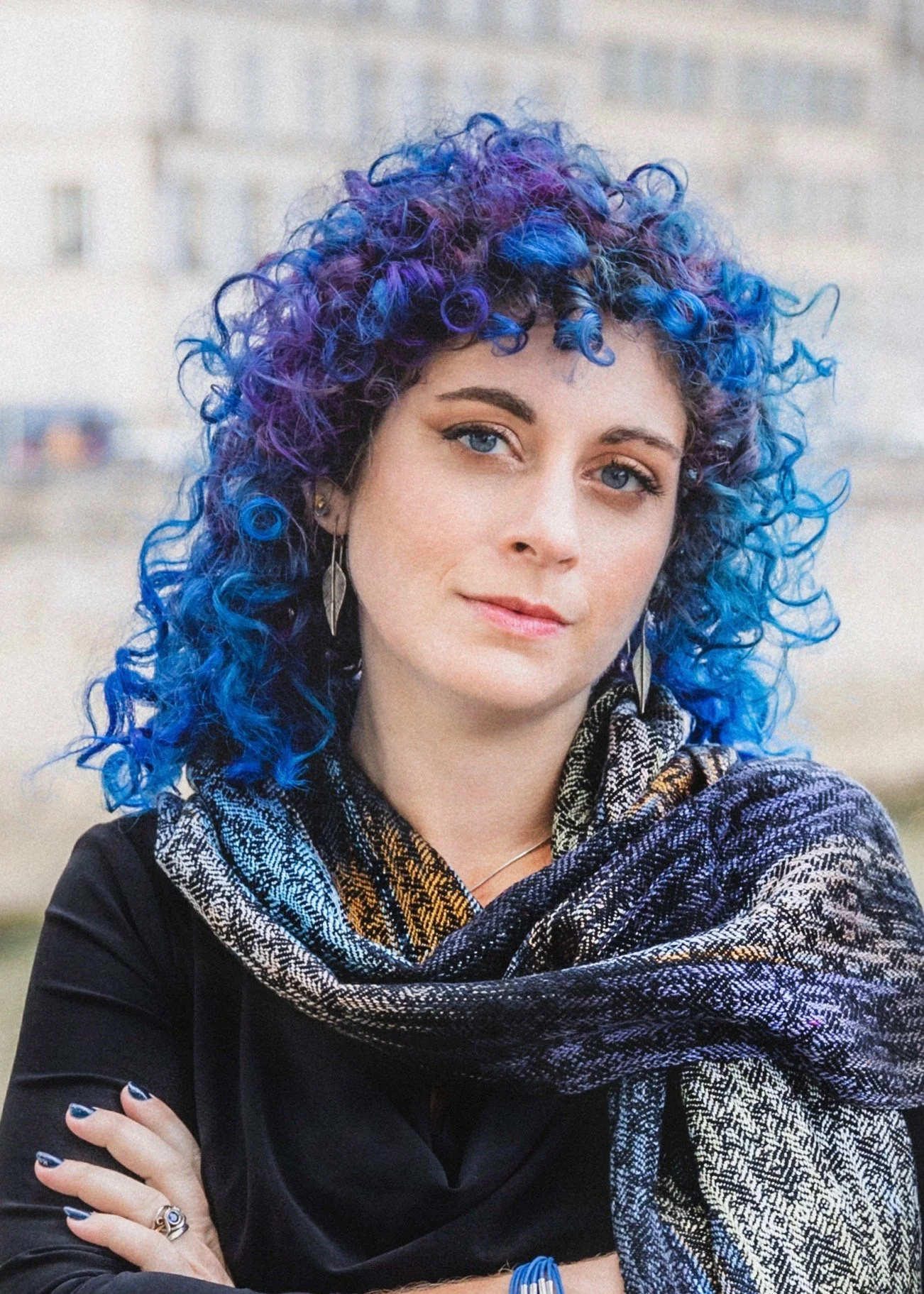
January 22: Sidney Sogol (in-person)
1/22/2026
Morning (11AM): “Warp and weft color pooling.
Afternoon (1PM): “My Journey to Weaving and Designing”
AM: Dive in and unlock the creative possibilities of color pooling via hand painting and dyeing your warp and weft! Learn about Sydney Sogol's style of warp painting to achieve color interplay through warp pooling.
PM: Let me take you on a little journey through my weaving world. I’ll tell you how I got started with dyeing, how I explore color combinations, and how I draw inspiration from the beautiful nature around us.

January Workshop: Sydney Sogol
Jan 24 - 25, 9:00am-4:30pm (2 days)
Registration: This workshop is now open to non-Members. Register by clicking the link below:
https://secure.lglforms.com/form_engine/s/agLLSks4bE-x6dJ_gaCJNA
Please email the Workshops Chair with questions.
“Beyond Rectangles: Shaped Edges in Weaving” (two day in-person workshop)
Unlock the world of creative possibilities in weaving by breaking away from the standard rectangle! In this immersive 2-day workshop, participants will delve into the art of weaving shaped edges. Learn to create geometric and organic shapes that can stand alone or are connected by raw unwoven yarn, creating dynamic movement. From beginners to advanced weavers, everyone is invited to explore techniques that transcend traditional rectangular boundaries of weaving. Discover how to create shaped edges that not only stay secure but also add a charismatic flair to your woven masterpieces.
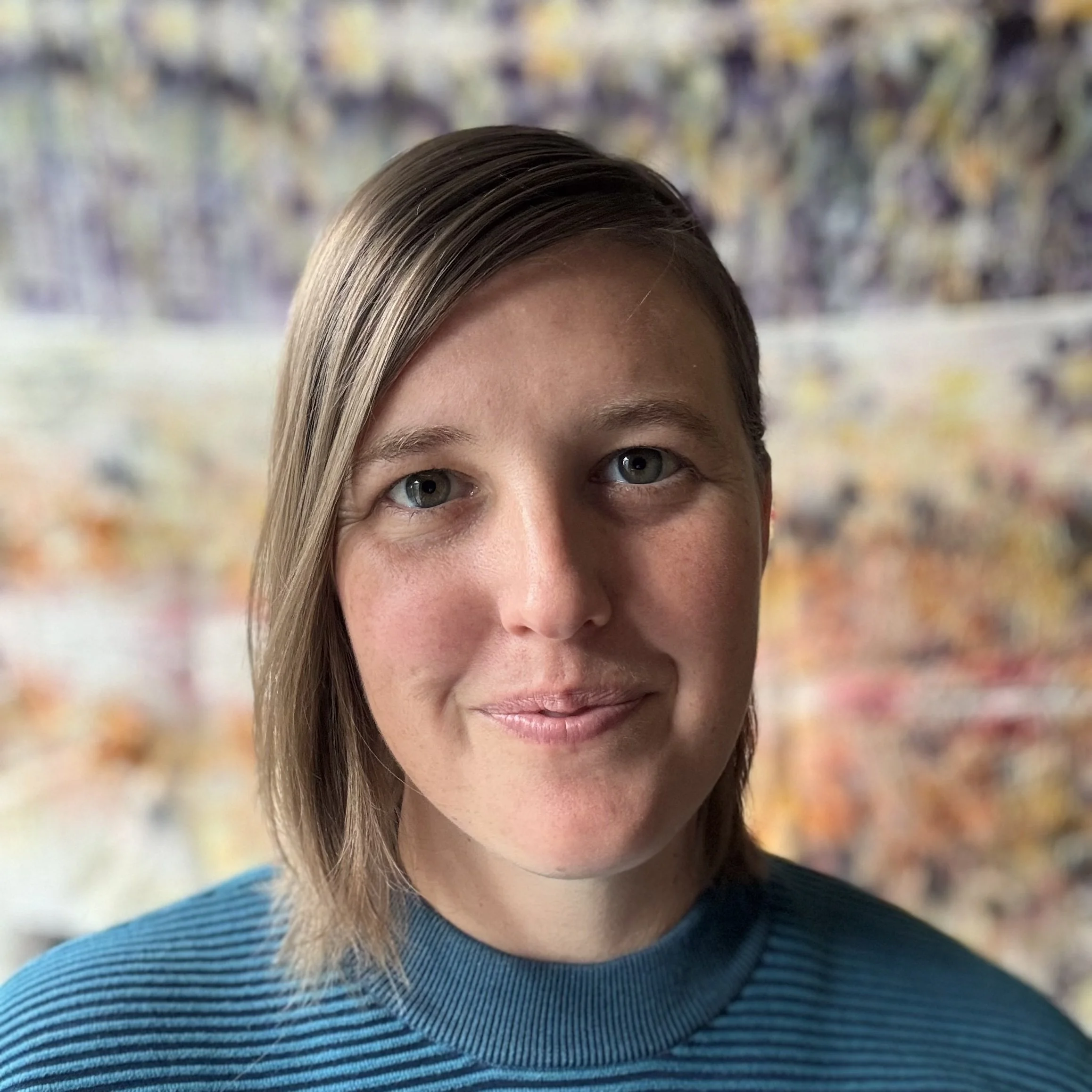
February 26: Hanna Watson (in-person)
2/26/2026
Morning (11AM): “Preparing for a weekend of weaving pancakes and waffles, or circles and squares, through the structures of both summer & winter and waffle weave”
Afternoon (1PM): “The Stuff the World is Made Of": the Bauhaus Textiles Movement in North Carolina & Its Influence Today”
AM: Hannah Watson will share a presentation, both digital and felt/seen, of her woven samples to the group and talk about her personal experiences with weaving as an art form.
PM: Beginning at the loom in Germany with Gunta Stölzl and progressing to Anni Albers at the Black Mountain College in western North Carolina, the Bauhaus movement sparked and carried joy and innovation across decades that left a profound impact on western North Carolina and its craftspeople. Hannah will present on the profoundly creative and dedicated women who led the textiles movement, how the school evolved from Germany to North Carolina, and how the weaving school Hannah attended in North Carolina remains heavily influenced today.

February Workshop: Hannah Watson
February 27 - March 1, 2026, 9:00am-4:30pm (3 days)
Registration: Opens to Members @ noon November 8, 2025
Please email the Workshops Chair with questions.
“Pancakes & Waffles: Exploring Waffle Weave and Summer and Winter” (three day in-person workshop)
Drazzle your loom in maple syrup and butter and watch your woven “pancakes and waffles” come to life! Through this workshop, students will create their own series of circles and squares through the use of two different weave structures — waffle weave and summer & winter — sharing looms in a round-robin approach throughout the duration of the workshop. From creating the warp for these two different weave structures to dressing the loom, students will learn how to set up both 4 and 8-harness multi-shaft floor looms, and will leave with many samples for future playful projects!
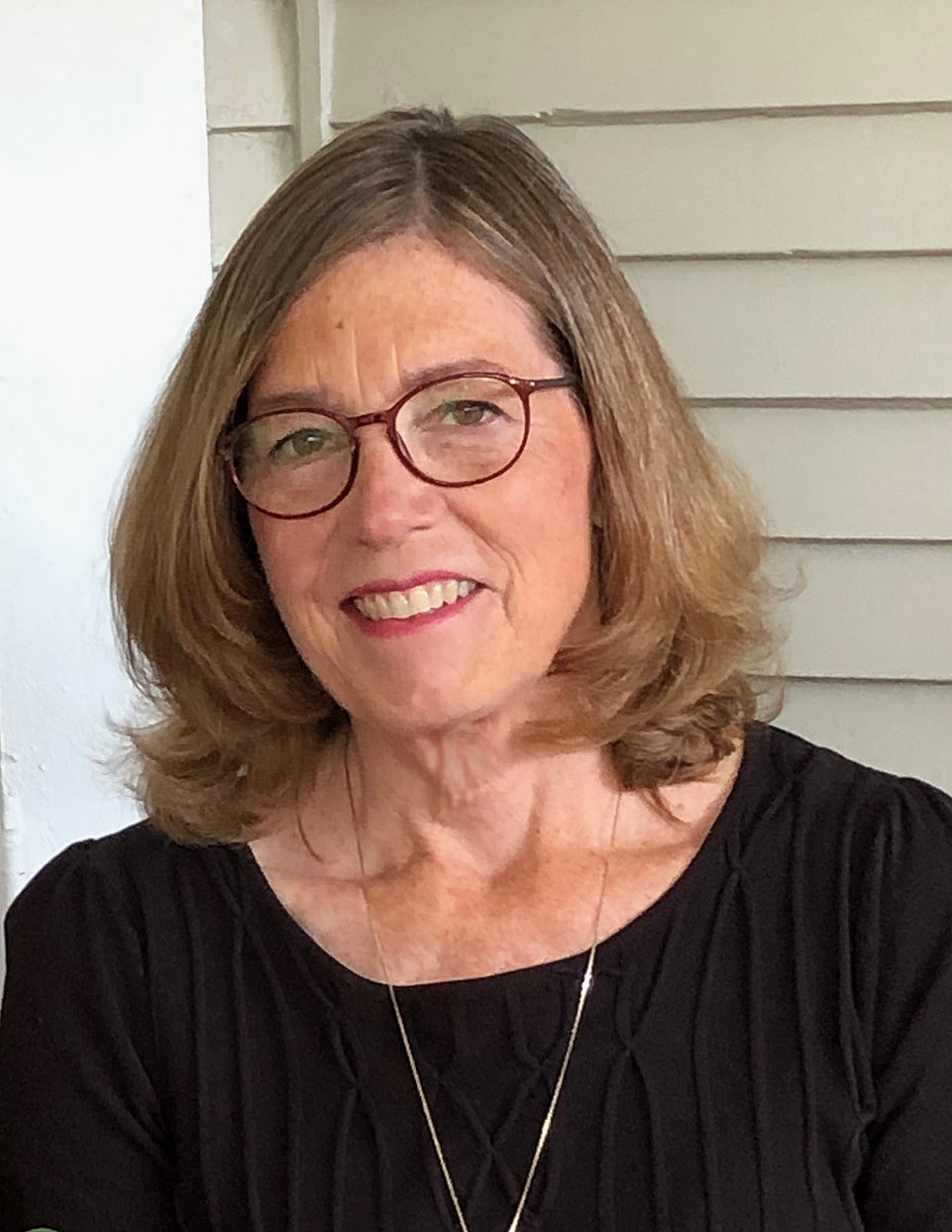
March 26: Robbie LaFleur (in-person)
3/26/2026
Morning (11AM): “pending”
Afternoon (1PM): “pending”
AM pending
PM: pending

March Workshop: Robbie LaFleur
Mar 27 - 29, 9:00am-4:30pm (3 days)
Registration: Opens to Members @ noon December 13, 2025
Please email the Workshops Chair with questions.
“Transparent Tapestry” (three day in-person workshop)
In this 3-day workshop, you will learn about open warp tapestry technique through lectures and hands-on practice.
Inspired by Hansen’s work and that of her followers, you will learn how to design optimum cartoons using her technique. By looking at many samples and Robbie’s larger pieces, you will see how various choices affect the look of the surface, including borders and finishing techniques. Each student will weave a sample or small piece, approximately 9″ to 11″ wide, with a cartoon provided by Robbie LaFleur or your own design.

April 23: Christine Novotny (in-person)
4/23/2026
Morning (11AM): “pending”
Afternoon (1PM): “Plaid Llama Sale”
AM pending
PM: pending

April Workshop: Christine Novotny
April 24 - 26, 9:00am-4:30pm (3 days)
Registration: Opens to Members @ noon January 10, 2026
Please email the Workshops Chair with questions.
“Rya Weaving” (three day in-person workshop)
Explore the possibilities of pile rugs! In this 3 day class, students will learn to weave rya in the Swedish tradition to create their own contemporary work. Each student will create their own small scale designs and learn to transfer those drawings into knotwork. Three days of focused knotting will be broken up with lessons on color theory and blending, techniques for efficiency in larger pieces, calculating materials, and more. We will also explore the history of Scandinavian pile rugs from their purely utilitarian purpose in the Viking Age to the expressive designs of Mid-Century Modern and more. This method of hand-knotting is slow and meditative, with the opportunity to create eye-catching geometric designs or more nuanced painterly expression. When leaving the class, students will have a solid foundation in rya practice to make their own larger scale rugs or wall hangings in this global knotting technique.
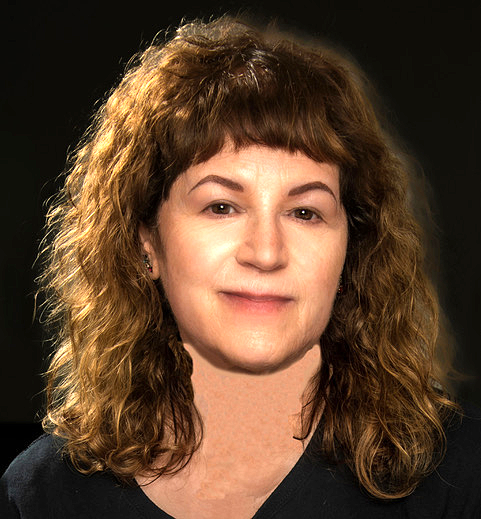
May 28: Ellen Hess (in-person)
5/28/2026
Morning (11AM): “Intro to Supplementary Warps and Wefts”
Afternoon (1PM): “Overshot Overview”
AM: Supplementary warp and weft fabrics are compound structures, which means they have a foundation weave structure (often plain weave) plus additional pattern threads in the warp or weft.
PM: Overshot is a compound weave structure that combines a plain weave background cloth with elaborate, almost brocaded weft patterning. With simple 4 shaft block threadings, a remarkable range of beautiful and intricate geometric and curvilinear designs are possible.

May Workshop: Ellen Hess
May 29-31, 9:00am-4:30pm (3 days)
Registration: Opens to Members @ noon February 7, 2026
Please email the Workshops Chair with questions.
“A Little Something Extra: Supplementary Warps and Wefts” (three day in-person workshop)
Enhance your handwoven textiles with the addition of supplementary warp or weft yarns (or both!). Supplementary warp and weft fabrics are compound structures, which means they have a foundation weave structure (often plain weave) plus additional pattern threads in the warp or weft. Explore the possibilities for decorative warp stripe motifs, weft pattern embellishments, deflected surface interest, eyelash and other pile weaves, and simple passementerie decorations. Workshop Participants will learn technical tips and tricks for achieving optimal pattern and design effects. The Round Robin workshop offers weavers an opportunity to try a variety of weave structures, and leave with an assortment of weave samples to use for future projects.
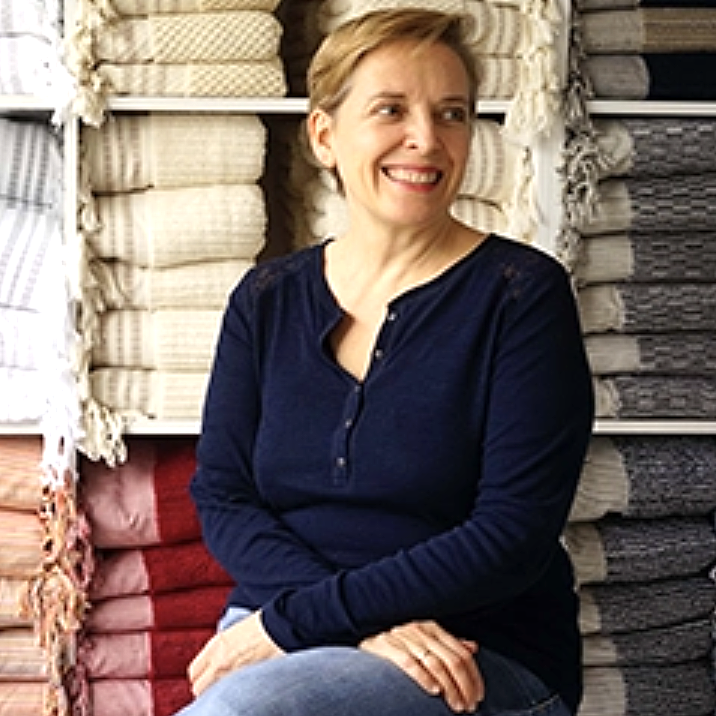
December 4: Jennifer Gaudet (in-person)
12/4/2025
Morning (11AM): Jennifer Gaudet, “Threads Through Time: The Rise, Fall, and Revival of Turkish Hand Weaving”.
Afternoon (12PM): Potluck Holiday Party
AM: For centuries, weaving in Türkiye (previously Turkey) was more than cloth — it was culture, memory, and identity. Yet within a single generation, most of that knowledge disappeared. When Jennifer Gaudet stepped into this world in 2009, the craft was literally hanging by a thread. In this talk, she will walk you through its rise, decline, and fragile revival.
PM: Potluck Holiday Party

Oct. 23: Kris Leet (in-person)
10/23/2025
Morning (11AM): Kris Leet - “Procedural and Conceptual Knowledge: An Exploration of the How and Why of Tablet Weaving.”
Afternoon (1PM): Sale Setup
AM. In this presentation we will explore both types of questions, procedural (how) and conceptual (why), as they relate to understanding tablet weaving and the knowledge that each provides. We’ll also touch on how the different conceptional models, modern and historical, influence what is deemed possible
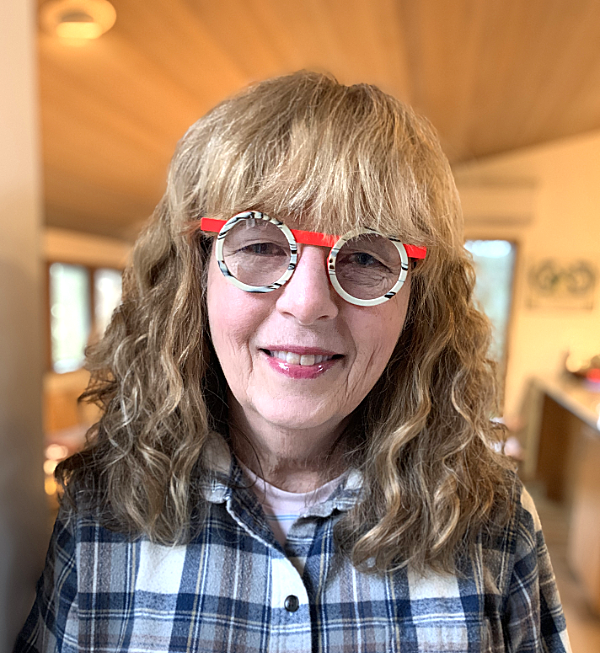
Sept. 25: Elaine Palmer and Round Table Discussion (in-person)
9/25/2025
The focus of the September meeting is study groups and how to further your explorations. Elaine hopes to inspire other weavers to join an existing study group or start a new one.
Morning (11AM): Elaine Palmer - “Study Group Inspiration: Samplers, Gamps and Projects from the Hill Institute, Florence, MA”
Afternoon (1PM): Round Table discussion on the topic of study groups with Patrice Riordan, Sue Willingham, and Marjy Fiddler.
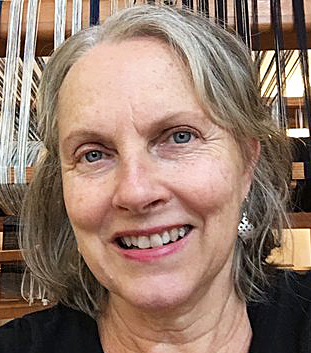
Workshop: Beth Johnson
May 23-25, 9:00am-4:30pm (3 days)
Registration: Feb 8 (noon) members, Mar 1 non-members
Please email the Workshops Chair with questions.
“Sashiko-Ori” (three day in-person workshop)
Sashiko-ori or Woven Sashiko challenges weavers to think about design in a different way as they learn to control the intersections of pattern threads in the warp and weft. In this 3-day workshop, students will learn to design and weave these patterns and learn ways to stitch patterns into the cloth which they can take home to work on. The workbook will give students some additional avenues to explore after the workshop.

May: Beth Johnson (in-person)
5/22/25
AM: Woolens & Waulkings, Tartans & Tweeds
PM: Woven Sashiko

Workshop: Patrice George
Apr 26 - 27, 9:00am-4:30pm (2 days)
Registration: This workshop is open to the public. https://secure.lglforms.com/form_engine/s/-5pGMTsCCqN8Xp088Ri1yA
Please email the Workshops Chair with questions.
“Leno Structures: Weaving with Doups on 4-8 Shaft Looms ” (two day in-person workshop)
In this 2-day workshop, students will learn about Leno, which by definition, is a variation of the normal plain-weave structure that requires a modification of the standard handloom harness/heddle arrangement to produce. To weave leno structures, a half-heddle called a doup is added to the front harness (or harnesses) of the loom. This doup crosses under a warp end that is not raised during weaving, called the ground end. The crossing end is entered through the last harness of the loom, and through the eye of the doup (on the first harness of the loom). By alternating lifts of the doup harness and the back harness, the two ends of the leno unit are intertwined as the weft is inserted.
This is not a round robin.

April: Patrice George (in-person)
4/24/25
AM:History of Leno and Gauze Weaves
PM:Weaving with Doups on Handlooms

Workshop: Deb Essen
Mar 29-30, 9:00am-4:30pm (2 days)
Registration: CLASS IS FULL (12/19/24)
Please email the Workshops Chair with questions.
“Color in Weaving” (two day in-person workshop)
You select the yarns for a project – they look so great together on the cones. Then you put them on the loom and well, things don’t look like you had envisioned. This 2-day class is an introduction to color theory for weavers. We will discuss color theory, working with different color combinations and how color value affects your weaving projects so that you can achieve color success in your projects.
This is not a round robin.

March: Deb Essen (in-person)
3/27/25
AM: “Velvet Weaving in Venice”: Take a tour of velvet weaving on the original 18th century looms with how the looms are set up, the fabrics created and the tradition continues in the 21st Century.
PM: “Color Value in Weaving”: This color value presentation is geared toward anyone who weaves, spins, dyes or knits to help unravel color value and make it work FOR you in your projects.

Workshop: Christine Miller
Feb 28 - Mar 2, 9:00am-4:30pm (3 days)
Registration Link: CLASS IS FULL (12/22/24)
Please email the Workshops Chair with questions.
“Weaving with Wire” (three day in-person workshop)
Weaving with wire creates a woven metal fabric that is strong and capable of being used for a wide range of sculptural forms. This three-day workshop will take the participants through all of the steps of creating woven metal fabric and will allow them to fabricate some small sculptures or jewelry during the workshop.
This is not a round robin.

February: Christine Miller (in-person)
2/27/25
Morning (11AM): “Design a Digital Vision Board”
Afternoon (1PM): “Fiber Art: Become the Artist You Want to Be
TWO DOWNLOADS:
Design a Digital Vision Board - DOWNLOAD PDF
Become the Artist you want to be - DOWNLOAD PDF
Learn howto gather creative ideas in a digital vision board to focus on specific topics like: color, weave structure, nature inspiration, or artist inspiration. Christine leads this program using a simple digital tool to organize ideas and inspiration, helping you to put in order the information that will support and grow your creative efforts.
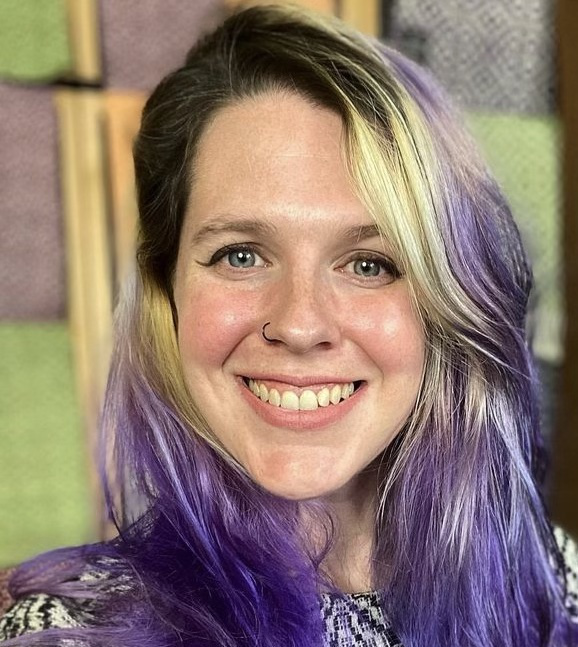
Workshop: Tegan Frisino
Jan 24-Jan 26, 9:00am-4:30pm (3 days)
This workshop is now open to the public (11/3/24).
Registration Link: https://secure.lglforms.com/form_engine/s/6TAyAHzxeuD4a03ibVlTpw
Please email the Workshops Chair with questions.
“Deep Dive into Profile Drafts” (three day in-person workshop)
If you understand a weaving draft, you can understand how to make a profile draft work for you. This draft intensive study will guide the class through reading and translating a profile draft into multiple structures. The information we gather from these exercises will then be explored on the loom, and worked round robin so that each resulting structure can be experienced by every student. This intermediate level class will help build confidence in reading weaving drafts and encourage curiosity through structure sampling.

January: Tegan Frisino (in-person)
1/23/25
AM: “From Fleece to Blanket"
PM: "Tips and Tricks"
Take a journey, through the eyes of a production weaver, on what it takes to go from Sheep to Finished Product. Throughout the presentation, Tegan will provide suggestions on how to implement local(ish) wool to a small studio practice, and a honest approach to what it is like working within the fiber supply chain.
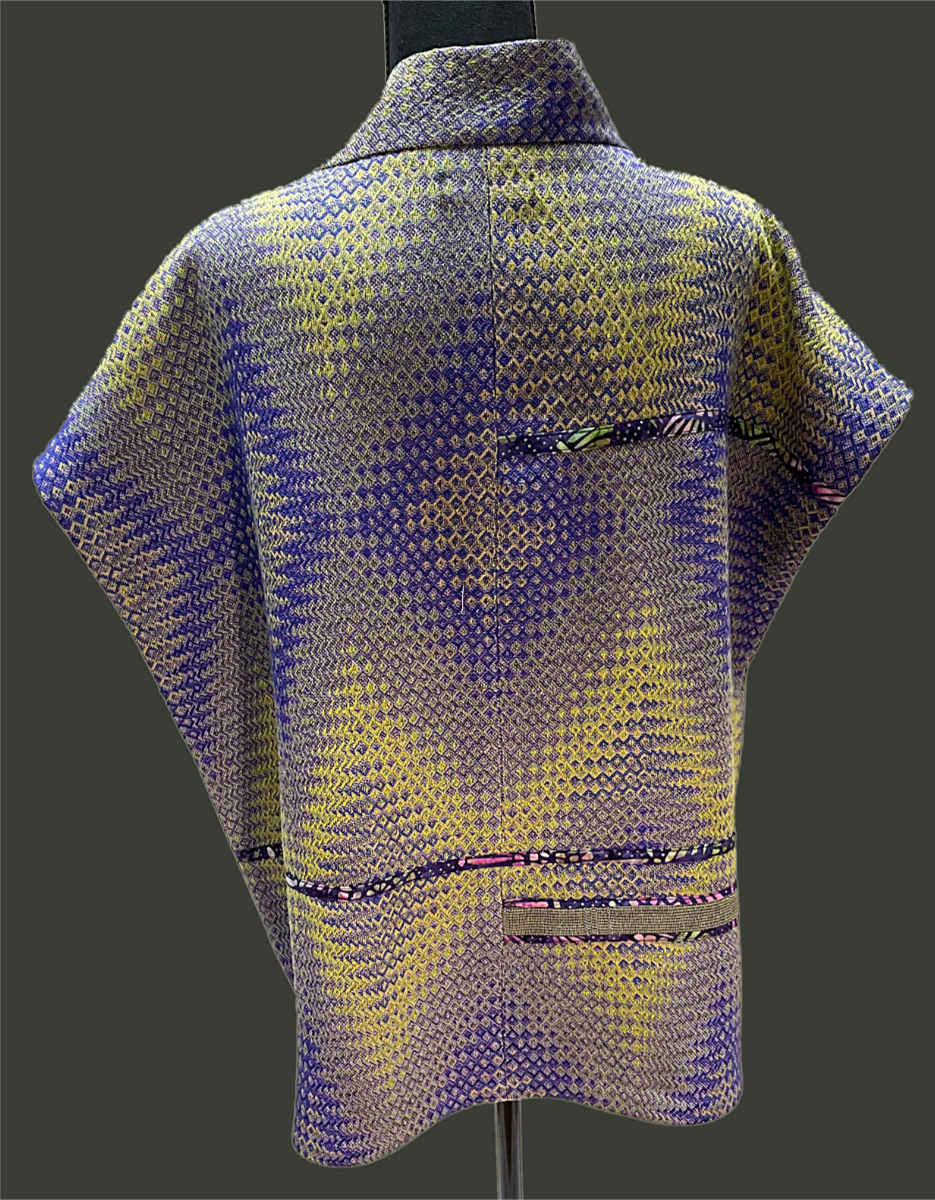
December: SWG Members
12/5/24
Morning (11AM): “Member Spotlight” featuring four SWG Weavers
Allyce Wood: "Digital Jacquard Tapestry - Weaving Coded Images in Norway, Iceland, and Ohio"
Gabi Nirino: “Always In Between”
Jennifer Shuster: "TIFF, Text, Textiles and Technology: Loom controlled imagery and words”
Sarah Kaltsounis: "Northwest Coast Weaving"
Afternoon (1PM): SWG Fashion Show
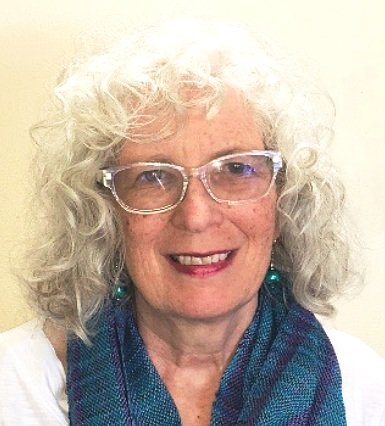
October: Heidi Bennett
Morning (11AM): “SWG Member Tips Tricks & Tools”
(Afternoon (1PM): Sale Setup)
PDF of Heidi’s TIPS from Presentation (added 10/26/2024)
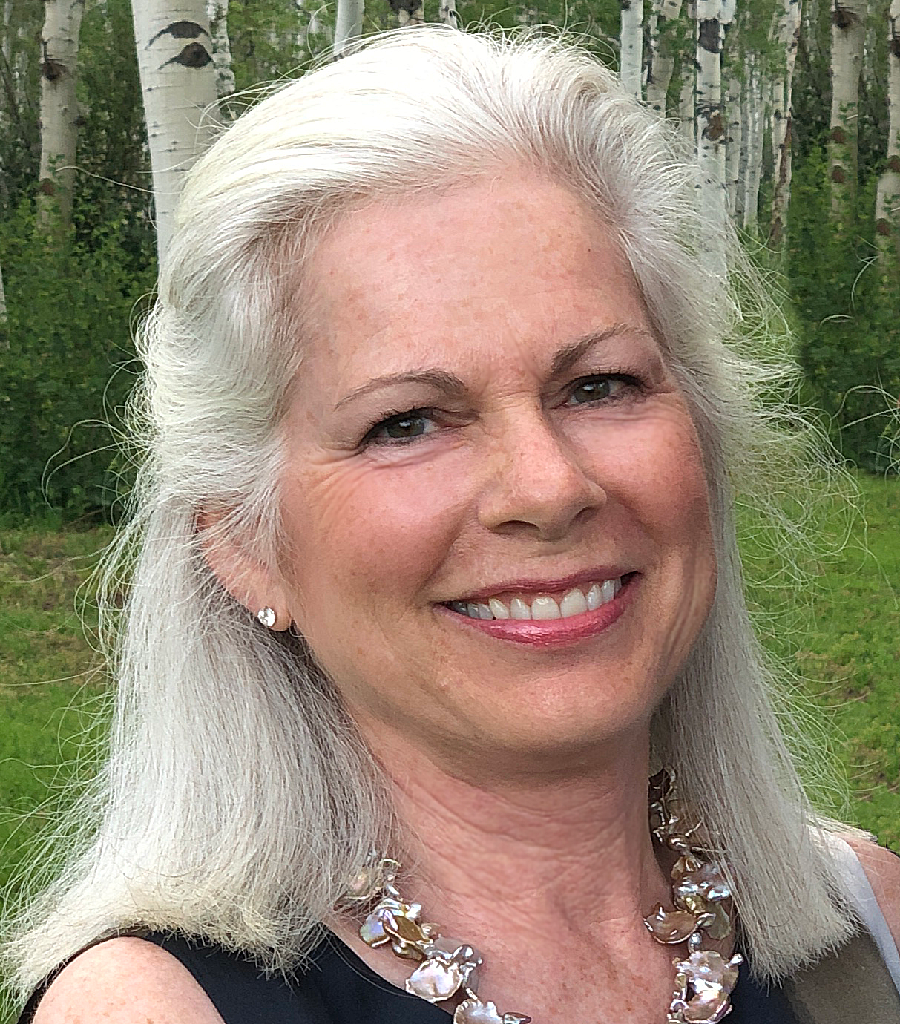
Sept 26: Lynn Smetko (in-person)
Morning (11AM): “Design Deliberations”
Afternoon (1PM): “A Design Journey”
Designing can be hard work! Do you have trouble deciding what or how to design for weaving? Are there too many choices or not enough? Are you stuck in a rut with your designs? Sometimes the best ideas come from considering the work of others. Many different approaches to weave design will be explored while looking at inspiring examples.
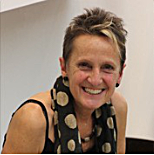
Workshop: Sue Lawty
TO REGISTER:
Workshop is now full (7/26/24).
Please email Jenny Heard for additional information.
“Tactile Sensibility in Woven Tapestry,” (three day in-person workshop)
The overriding gain of this course is to hone the eye, hand, and intellect in the intricate interplay of structure, material, and design in woven tapestry. The tutor’s own quiet, minimal, and abstract works are strongly informed by the material of their construction. Whether working in linen, hemp, raffia, or paper, she talks of the ‘integrity of mark-making intrinsic to a particular thread or structure’ and her focus is to ‘make work that speaks its own vocabulary.’ These ideas will form the focus for this workshop. Participants will generate several carefully considered samples, each examining a distinct facet in the creation of woven tapestry cloth
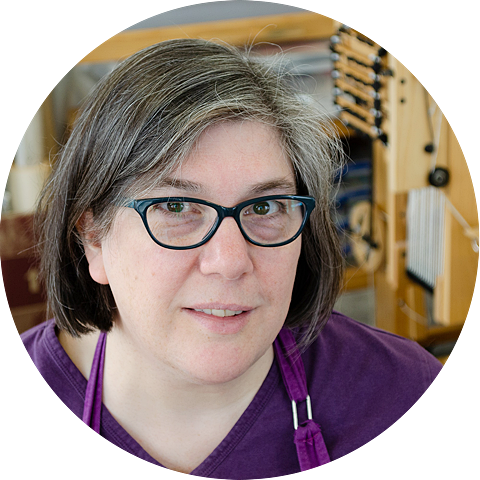
May 23: Cally Booker (Zoom)
AM: “Exploring Double Huck”
Two layers of huck lace: what can they do? One of the happy surprises of this structure is just how appealing a double huck fabric is. From elegant scarves with beautiful drape, to towels and blankets with an irresistible ‘bounce’, it is lovely to wear and to handle. Cally will introduce double huck and take you on a tour through her experimentation with this flexible and attractive structure.

Workshop: Cally Booker
2nd Session: May 28, June 1 & 4 - CLOSED/FULL
Please email the Workshops Chair with questions.
An Exploration of Double Huck” (three day Zoom workshop)
During the 3-session virtual workshop, students will weave a variety of samples in double huck, including layer and block exchange, stitched layers, mixed structures and color-and-weave effects. The program includes three talks to introduce different aspects of the material, as well as supporting video demonstrations which participants can access at any time. In the final session, we consider extending the structure to more than 8 shafts. This is not a round robin. Participants will need to have access to an 8-shaft loom and will receive full instructions enabling them to set up their looms ahead of time. Note that countermarche looms are not suitable for this workshop..
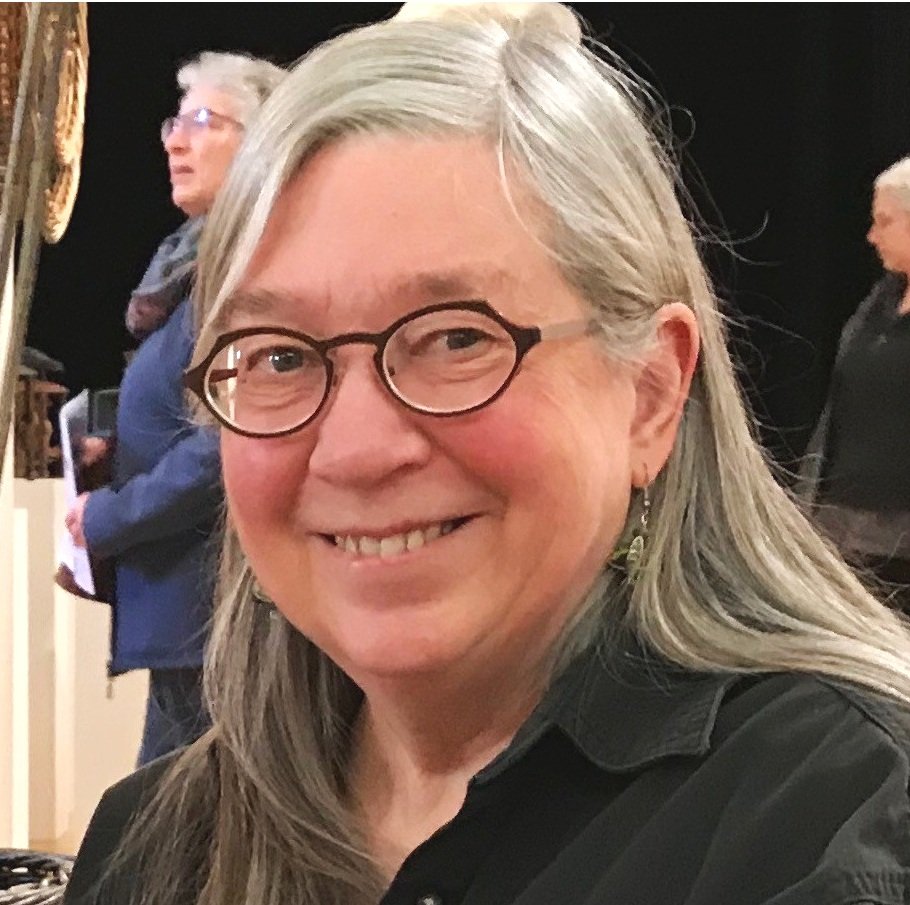
Workshop Two: Katherine Lewis
TO REGISTER: 2 sessions
Session #1: March 30-31, 2024 - Session is FULL
Session #2: May 4-5, 2024 - Session is FULL
Please email the Workshops Chair with questions.
“Oval Willow Basket Workshop” (two day in-person workshop)
This two-day workshop will cover construction of a slender oval willow basket, which is great for shopping, going on picnics, carrying paperwork or maybe your current needlework project. The basket begins with a base woven on a frame, and stakes attached using a method called scalloming. The base is fun to weave, and learning to cut scalloms and attach stakes in this way will let you see how to design baskets of all shapes and sizes. Students must be comfortable using a knife for this class and hand strength is necessary when weaving with willow. The basket will be woven from willow grown on the instructors Skagit Valley farm. Colors of willow will vary. Leather will be provided for two shorter handles or one longer shoulder strap.

Workshop: Mary Zicafoose
TO REGISTER: 2 sessions
Session #1: April 26-28, 2024 - Session is FULL
Session #2: April 29 - May 1, 2024 - Session is FULL
Please email the Workshops Chair with questions.
“The Shifted Ikat Scarf” (three day in-person workshop)
Ikat is the centuries-old art and technique of resist-dying pattern into individual threads before weaving. It is a complex and revered fiber process resulting in graphically elaborate and compellingly beautiful woven cloth. Ikat wrapped yarns, when dipped in vats of dye, ihttps://www.seattleweaversguild.com/workshop-registrationnstantly become timeless, immersed in an ancient partnership between intention, design, and color.
Participants in this three-day workshop will design, wrap, dye, and weave a blue/white ikat scarf while learning the basic techniques of the warp ikat process. Each student will stretch a warp for an ikat scarf using warp yarns and a warping board they have brought to class. Several ikat warp wrapping methods will be demonstrated. The first day’s session will culminate in students dyeing their ikat wrapped warps using Procion Mx fiber reactive synthetic dye and then unwrapping the ikat resist warp bundles. Yarns will be hung to dry overnight.

April 25: Mary Zicafoose (in-person)
AM/PM: Notes from the Field
My favorite talks are those that I give to weavers and creatives who work with cloth. Over many years I have reflected on what makes these moments, when we come together as makers, so compelling and almost magical. Is it the lineage we share, the equipment, materials, and familiar techniques we hold in common that so compels us? Or is it the exotic wardrobes of amazing cloth that predate us, the bolts of historic and intoxicating fabrics that have dressed generations and continue to profoundly inspire us?

Workshop One: Katherine Lewis
TO REGISTER: Workshop is Full
Please email the Workshops Chair with questions.
“Willow Bark Windmill Weave Basket” (one day in-person workshop)
During this one-day workshop, students will use prepared ¼” strips of willow bark to play with windmill weave to form this unique basket. Several examples of shape and design will be shown, and students will then decide to either work to an exact plan or make it up as they go along. After creating some samples of the weave to save as reminders, students will weave a simple over under base, and then commence the windmill weave sides. Once you’ve mastered the “stitch” the weaving is enjoyable and repetitive.

March 28: Elaine Palmer (in-person)
PM: “Photographing & Styling Handwovens, by Elaine Palmer.
We photograph our handwovens for many reasons: to catalog our personal work, for submission to juried shows, to post on our websites, and for printed publications. This talk discusses design and technical considerations when photographing and styling handwovens for different media. The talk includes discussion of studio lighting, outline vs. simple environment, and styling techniques Elaine used when photographing handwovens for the Weavers’ Guild of Boston’s 90th Anniversary book, Interlaced. There will be a short demo of the lighting technique and styling at the end of the presentation.

March 28: Katherine Lewis (in-person)
AM: “Weaving with Willow- from farm to basket”
Willows are most often used for strong functional baskets, but creative and decorative pieces can also be woven from willow bark. Basket weaver Katherine Lewis will tell you the story of how willow took over her life, from growing the material to weaving baskets from both withies and bark

February: Daryl Lancaster (Zoom)
AM: “Combining Warps and Structures for Wow! Yardage”
PM: “YouTube Video: Leftovers”
We start with some basics on weaving yardage, what to weave and how to sett it. The most important part though, is finding out what you’ve got, and how to make it work for you. Learn how to know what’s on the cone, or in the skein, and see how far it will go! The focus here is on 8 shafts. With 8 shafts you can magically combine structures and different yarns and create some inspiring and truly unique fabrics. Lots of drafts and lots of examples.

Workshop: Daryl Lancaster
TO REGISTER: 2 sessions
Session #1: Feb 22-23, 2024 - Session is FULL
Session #2: April 13-14, 2024 - OPEN / NOT FULL
registration for Session #2 opens Feb 3, 2024 @ noon, go to:
https://www.seattleweaversguild.com/workshop-registration
Please email the Workshops Chair with questions.
“Garment Construction and Finishing Techniques for Handweavers and Other Fiber Artists” (two day Zoom workshop)
A crash course in garment construction, embellishment, piecing, fit, finishing, and all-around fun! For weavers or anyone interested in learning to construct great looking and great fitting garments. Learn to be creative with your seam finishes, buttonholes, closures, linings, and embellishment. This is a terrific class for those wanting to learn to sew clothing from their hand-woven or other special fabric, as well as for those more experienced wanting polished and professional results. This class is both PowerPoint lecture and hands on!
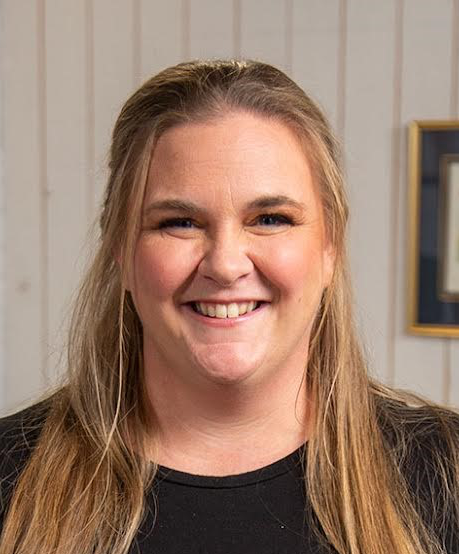
Workshop: Sara Bixler
TO REGISTER: Workshop is full (10/15/23).
Please email the Workshops Chair with questions or to be placed on a wait list.
“Zig Zag Rag Rug Techniques” (two day in-person workshop)
Students will weave a table runner or placemats during this 2-day workshop. The techniques they learn through these smaller projects can be applied to larger rugs on bigger looms. They will learn the techniques and tricks unique to zig zag rag rugs, including additional information on selvedge edges and finishing techniques that are unlike other rug finishes they may have been exposed to.

January: Sara Bixler (in-person)
AM: “Exploring Japan- A travel journal looking at some ancient and modern textile making traditions of Japan”
PM: “Continued, with a wrap up including more specific examples that relate to the workshop on rag weaving techniques.”
Join Sara as she takes you along a virtual tour of Japan. She and her students explore cities and rural areas to experience the making traditions of Japanese fiber artists. On this whirlwind trip, Sara will explain how cultural influences have shaped the material usage and making practices in many different areas of textile traditions; embroidery, spinning, weaving, temari ball stitching, dyeing and more! We will visit remote areas very infrequently visited by outsiders who have maintained some practices for more that 1,300 years, as well as modern manufacturing processes in silk factories. In-person guests will have an opportunity to put their hands on samples that are sure to impress and inspire. We will discuss some of our more unique experiences and hands-on workshops we participate in. Lastly we will look at how these Japanese crafts have left their shore to influence artists from all around the world.
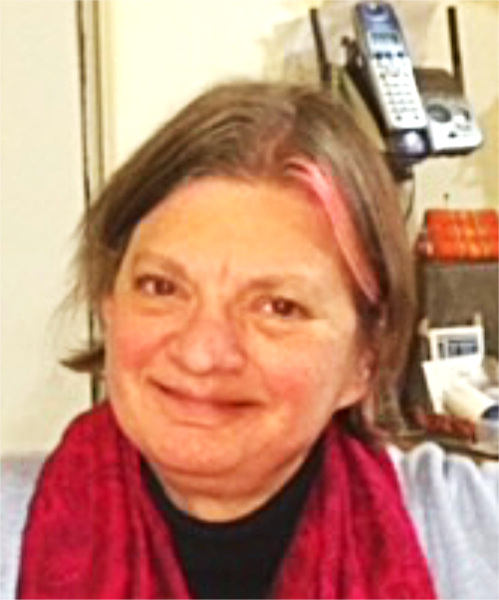
November (PM): Teresa Owens (present)
PM - Group Activity: “Fancy Paper Crowns for an occasion, because everyone is special!”
Use your imaginative skills to make a special crown for yourself or a special friend. Elegant or witty, it’s great for kids and grownups too, special occasions and everyday wear. Nice alternative to a birthday card. Embellish to the max, or keep it simple. This will be a fun opportunity to expand your creative skill set and make something fun and special.
